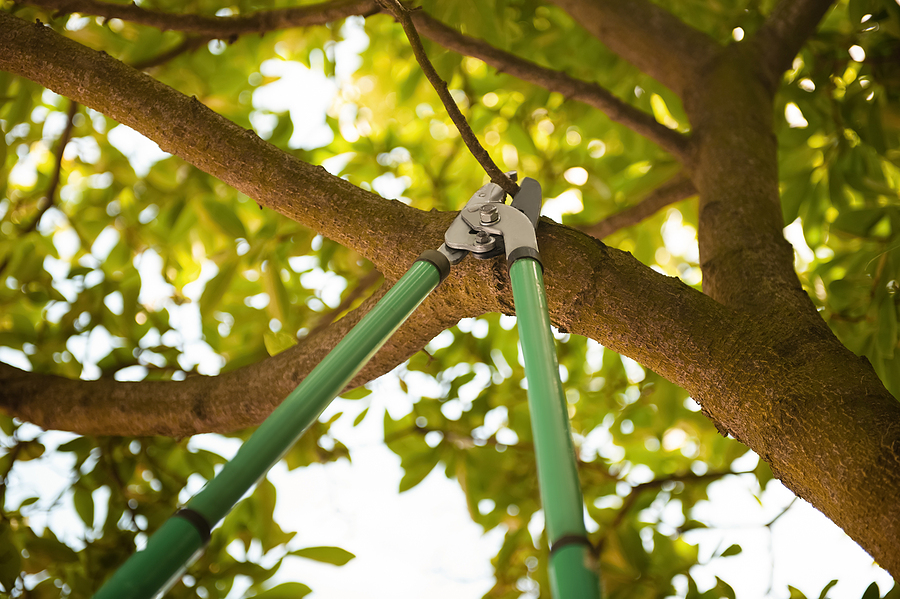Welcome to our comprehensive guide on tree thinning. This essential practice contributes significantly to the overall health, aesthetics, and longevity of your trees. Whether you’re a professional arborist or a homeowner with a passion for landscaping, understanding the best practices for tree thinning, trimming, and pruning is vital.
In this guide, we aim to equip you with the knowledge to successfully carry out these tasks, ensuring your trees’ optimal health and growth while maintaining the safety and beauty of your outdoor space. Let’s dive into this enlightening world of tree maintenance together.

What is Tree Thinning?
Tree thinning is an important process of pruning trees. It involves selectively removing branches to reduce the density of a tree’s foliage, improve its structure, and help it better withstand environmental stresses such as wind and snow. Thinning can be used to maintain or reduce the size of a tree while preserving its overall shape and form.
Benefits of Tree Thinning
Tree thinning comes with numerous benefits for both the tree and its owner. By strategically removing branches, you can improve the health and safety of your trees. Here are some advantages of this practice:
▷ Improves air circulation to reduce disease pressure from fungal pests and other diseases, as well as increase light penetration.
▷ Maximizes a tree’s growth potential by redirecting nutrients and energy to healthy, more robust branches.
▷ Enhances the aesthetic appeal of your trees by creating a symmetrical shape and allowing sunlight to pass through the canopy more effectively.
▷ Reduces the risk of damage from high winds, heavy snowfall, or ice storms.
▷ Increases the usability of the space around your trees, creating more space for outdoor activities.
When to Thin a Tree
Tree thinning should be done when the tree is still young and pliable so it can easily adapt to pruning. Typically, this stage starts between three and five years after planting. As a general rule of thumb, you should aim to thin your trees every two to three years or when a tree’s crown density reaches 50% or higher.
How to Thin a Tree
Before getting started with the actual thinning process, it’s important to familiarize yourself with the anatomy of a tree. This understanding will help you make more informed decisions as you work and determine the most efficient way to thin your trees. When it comes to actually thinning a tree, there are two main approaches you can take: directional pruning and removal of entire branches.
Directional pruning is a method of removing small parts of individual branches in order to reduce the amount of foliage or improve air flow and light penetration. When removing entire branches, keep in mind that you should remove no more than 25-30% of a tree’s crown at any one time.
Additionally, you should always make sure to use proper pruning tools such as shears, saws, or pole pruners to get the job done safely and accurately. It’s also important to keep the plant’s natural shape in mind. Avoid making drastic cuts on the same branch and try to keep a symmetrical shape as much as possible.
Final Thoughts
Tree thinning is an essential practice that can help maintain healthy, attractive trees in any outdoor space. By following these best practices for tree thinning, you can ensure optimal tree growth and health while preserving the beauty and usability of your yard. With a little practice, you’ll be able to confidently thin and prune your trees like a pro!
Would you prefer a more professional approach to tree care? Contact Complete Tree Care at 317-783-2518 for licensed and insured tree trimming and pruning in Indianapolis, Indiana. We serve residential and commercial clients with comprehensive tree care solutions.
Related Posts:
The Essentials of Tree Pruning: What Every Homeowner Should Know
10 Summer Tree Care Tips for Homeowners
The Benefits of Professional Tree Trimming Services
